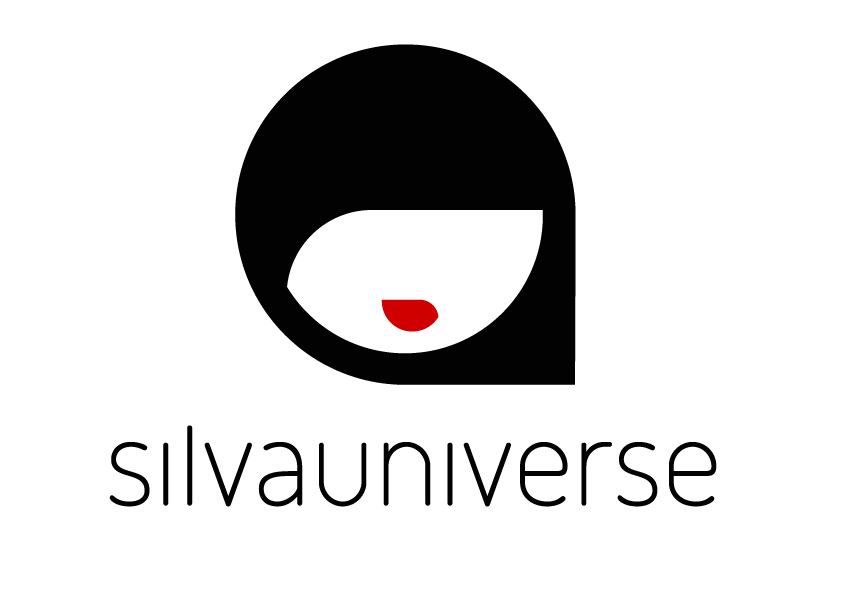- MY ROLE
- Information architecture, Research & Discovery, UX audit report (website & platform), UX Design, UI Design, User testing, Design system along with Brand development & brand strategy.
- CHALLENGE
- Due to brand maturity and growth the product needed a refreshed brand appearance. The task was to rebrand the whole platform and improve usability with no or minimal structure changes.
Target audience
Designing for everone, reaching everyone! – Sounds like a mission impossible and one would think the next step should be to narrowing down the groups of people we try to reach out to. Not this time. Due to the nature of this marketplace platform the audience range is quite broad: who has and who needs extra space, who is a student or retired, female or male, single or married… all of them visits the platform.
New brand guideline in
I joined this project just when Stashbee was getting over its teenager years and stepping into its young adulthood with recreating its own image, brand and as a following step, its whole platform. I was part of the brand development and had full responsibility to work out the digital appearance along with the product look as well.
Audience research & Usability interviews
The very first step was to understand the product. Not just from the data and usability discovering but through stakeholder interviews and going through an external, agency provided, audience research. Getting familiar with company KPIs and business focuses, I set up a quick prototype with the previous design. Already focusing on the first encounter experience, I’ve already made improvements based on initial user interviews. Then I put them out to be tested and also conducted follow-up deep interviews.
Discovery & Findings
- The initial analyses was focusing on collecting first stage conversion data from a specific angle, such as users passing the homepage and moving towards creating an account, specifically signing up. Initial numbers show 79.75% drop-offs from hosting homepage to the next stage which was the sign-up page. Further behaviour analyses and user interviews show major confusion from users’ side when they try to interact and discover the homepage.
- Analysing the user flow related to listing flow, one single user action needed up to 32 steps. Which was considered quite a painful user experience.
- Site map and relevant content positioning was confusing and left users feeling overwhelmed after interacting with the product.
First encounter design
The homepage as first encounter stage needed a re-design keeping the followings in consideration:
- What exactly is that the product is selling
- What’s our value proposition
- How it could be easy for users to start using that product
- They want prolonged value
My design approach at transforming the previous site filled with heavy content was:
- Atomic based design system used as modular structure
- Mobile first approach
- Playful, fresh and entertaining style but seamless usability
- Focused and constructed content appearance
- Well-planned image creation by leading the photo-shooting, keeping in mind the brand guideline and tone of voice
Booking flow design and prototype testing
After a few usability testing of the homepage, I moved on designing the ‘booking flow’ and developing further the atomic based design system. Go deeper in testing and discovery, I conducted 10 user interviews and after processing the feedback with iterations I moved on to the creation of the listing flow for Hosts.
Design system from scratch
As the product did not have any kind of design systems in use, nor any design files, my duty was to build one from scratch. We already had a totally functional platform, so I chose to recreate some parts of the previous design, as a base and build on that when it came to rebranding. I was also restricted to keep the user journey redesign in bay. I planned several iteration rounds for the future and was creating the design system with the mindset of future progressions. Therefore, the developers needed less time and effort to implement the design.
Further brand development and appearance
As part of the rebrand my duty was also to develop email strategy and visual appearance. Along with leading the brand campaign and supervising the content creation such as brand video and social media appearance.
Results and take-aways
With all the limitation in development, I did, however, tried to fix certain pain points I’d discovered throughout the research stage, such as:
- First stage encounter was extremely overwhelming and the main message was hidden. Hence, users lost trust in the product itself before they would had the chance to get familiar with it. Conversion rate has increased by 3.45%
- Listing and booking flow had far too many steps and screens to go through. Decreased the number of steps from 48 to 19 steps by simplifying the user journey and re-structuring the process. For instance, making the journey more transparent and easier to digest, I re-created the progress functionality and re-structured the content. I proposed adding preparatory screens before one jumps into the flow. All came from data and usability discovery.
- Redesigning the information architecture by creating a seamless, simple user journey.
- Created an easy-to-use atomic based design system what made the development process quicker and the iteration rounds more efficient.






